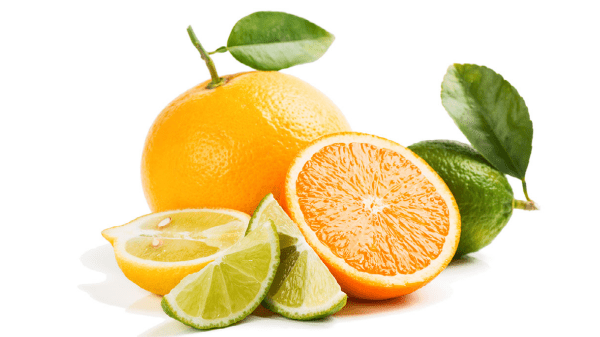Is citrus a vanishing industry in Florida?
Recent figures released by USDA’s National Agricultural Statistics Service (NASS) indicate that the state’s citrus acreage dropped by 8 percent in 2022 from the previous year.
The net loss is 32,046 acres, 19,942 acres more than was lost the previous season. New plantings accounted for 7,980 acres. Total citrus acreage was 375,302.

The $438 million preliminary on-tree value of the 2021–2022 Florida citrus crop is 29 percent less than the $613 million of 2020–2021.
By contrast, overall California citrus acreage increased in 2022 over 2020: 268,937 acres, up from 265,141 acres. The pattern continued previous statewide trends whereby mandarin acreage continued to grow while that for navel oranges declined. Mandarin and mandarin hybrids were planted on 67,148 acres in 2022, nearly 4,000 more than 2020’s figure of 63,809.
Navel acreage, by contrast, was down from 115,485 acres in 2020 to 113,586 acres in 2022.
California’s lemon acreage also increased from 2020’s figure of 48,657 acres to 51,592 in 2022.
Grapefruit acreage was 8,595 in 2022, up from 8,198 in 2020.
Acreage for pummelos and limes remained more or less stable, with slight increases.
One advantage California continues to enjoy is the relative absence of huanglongbing (HLB) or citrus greening disease, which began to hit Florida in 2005. In 2006, total Florida citrus acreage had fallen by over 100,000 from 2004: 621,373 compared to 2004’s 748,555. But the disease cannot completely account for the drop. The 2004 figure was itself over 100,000 acres less than Florida’s 1996 acreage of 857,687.
So far, the San Joaquin Valley, which produces the greatest share of California’s citrus, has been spared HLB, although it has been found periodically in backyard trees in Southern California.
California is not, however, totally free of possible coming diseases. Citrus yellow vein clearing virus was detected in a residential tree in the town of Tulare earlier this year—and Tulare County prides itself on being the citrus capital of California.
The county is home to about half of the state’s navel acreage and more than one third of its mandarin acreage.
The disease has already been found in Pakistan, India, Iran, Turkey, and China.



